Tue, May 19, 2009
Ric Peri, AEA's man in Washington, chatted with Aero-TV a few
wks on a number of topics, and in Part Two of the interview, Peri
talks some more about Repair Stations, Repair Manuals,
standardization, and the ever-changing role of the DER.
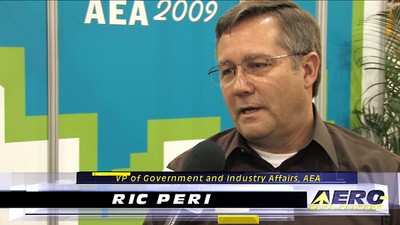
The status of the Part 147 ARAC, the standard for Aviation
maintenance schools, came up as it will determine how (primarily)
A&Ps are brought into the industry for years to come. The
program has been out of committee for quite a few months and the
inevitable back and forth between the industry and the FAA is
underway.
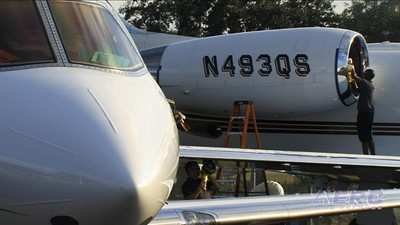
AML-STCs... the topic is a complex one and one that was
generating quite a bit of discussion at AEA 2009. AML (Approved
Model List) STCs are a way to lower the costs and regulatory
complexity of avionics installations, but the problem is that all
such STC are hybrids... putting the burden of installation,
interfaces, and any special requirements on the installer. The
current generation of AMLs, says Peri, requires extensive knowledge
on the part of the installer and the shop that they work for...
especially since so many installs these days are for whole systems
rather than individual units... thus requiring a wide range of
avionics knowledge and not nearly as much specialization.
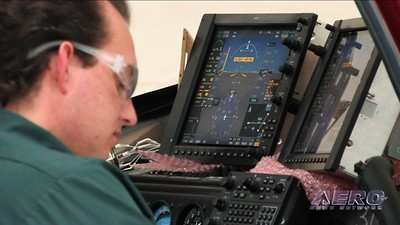
Peri also chatted about the definition of "currency" as regards
inspection programs... especially as to how the FAA seems to be
readying to define it from here on out. These definitions will mean
much to the industry -- but seem to be set to mean different things
for different types and generations of technologies. These
definitions are going to be somewhat fluid for the next few years
as the industry digests what these changes mean and wrestles with
the FAA for their ultimate interpretations.
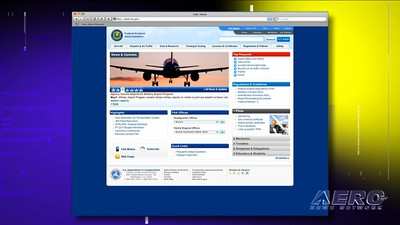
Ric Peri is AEA's Vice President Of Government & Industry
Affairs and an astute observer of the Washington regulatory scene.
The Aircraft Electronics Association represents more than 1,300
aviation businesses, including repair stations that specialize in
maintenance, repair and installation of avionics and electronic
systems in general aviation aircraft. AEA membership also includes
instruments facilities, manufacturers of avionics equipment,
instrument manufacturers, airframe manufacturers, test equipment
manufacturers, major distributors, and educational
institutions.
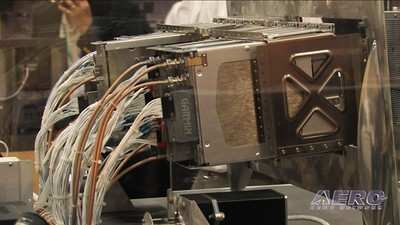
More News
Terminal Radar Service Area Airspace surrounding designated airports wherein ATC provides radar vectoring, sequencing, and separation on a full-time basis for all IFR and participa>[...]
Very High Frequency (VHF) The frequency band between 30 and 300 MHz. Portions of this band, 108 to 118 MHz, are used for certain NAVAIDs; 118 to 136 MHz are used for civil air/grou>[...]
“From approximately November 2021 through January 2022, Britton-Harr, acting on behalf of AeroVanti, entered into lease-purchase agreements for five Piaggio-manufactured airc>[...]
Also: Virtual FLRAA Prototype, IFR-Capable Autonomous A/C, NS-32 Crew, Golden Dome Missile Defense Bombardier announced that the first production Global 8000 successfully completed>[...]
Aero Linx: The 1-26 Association (Schweizer) The Association’s goal is to foster the helpfulness, the camaraderie, and the opportunity for head-to-head competition that is fou>[...]
 ANN's Daily Aero-Term (05.29.25): Terminal Radar Service Area
ANN's Daily Aero-Term (05.29.25): Terminal Radar Service Area ANN's Daily Aero-Term (05.30.25): Very High Frequency (VHF)
ANN's Daily Aero-Term (05.30.25): Very High Frequency (VHF) Aero-News: Quote of the Day (05.30.25)
Aero-News: Quote of the Day (05.30.25) Airborne 05.23.25: Global 8000, Qatar B747 Accepted, Aviation Merit Badge
Airborne 05.23.25: Global 8000, Qatar B747 Accepted, Aviation Merit Badge ANN's Daily Aero-Linx (05.30.25)
ANN's Daily Aero-Linx (05.30.25)







